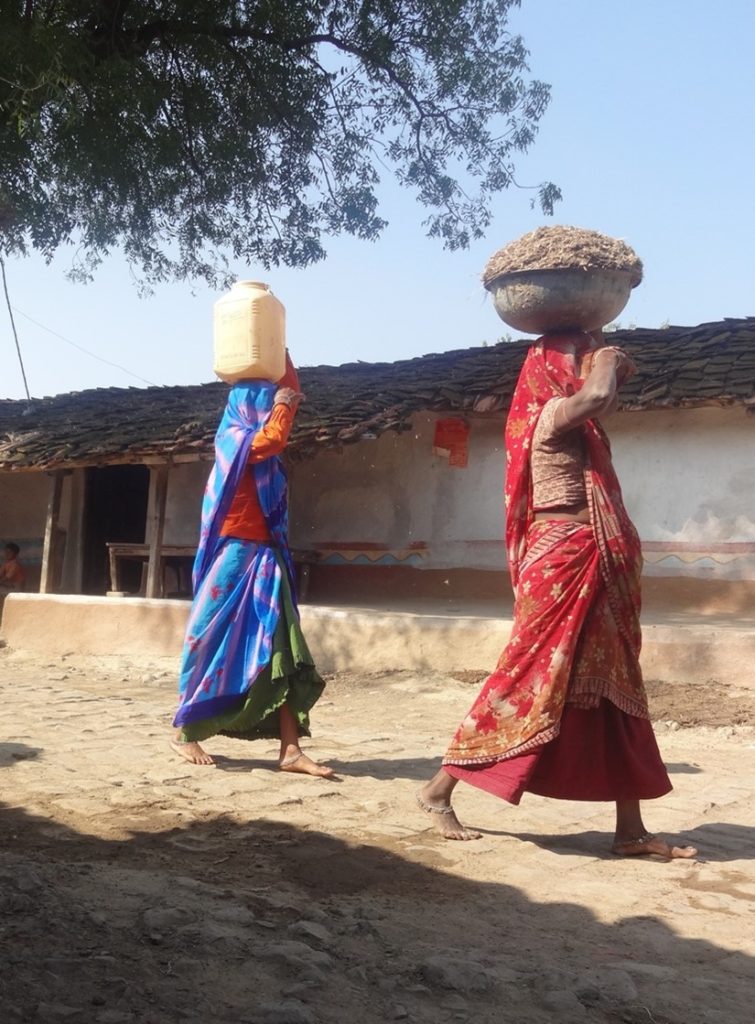
Intermediaries are organizations that make connections and build markets. Intermediaries include not only middlemen, traders, and brokers, but also social intermediaries – non-profit organizations and social enterprises seeking to build more inclusive markets in difficult circumstances.
For example, in remote areas of rural India, low-caste women may want to earn an income by cultivating vegetables and then selling them in the local market. The barriers to such activities, however, can be enormous. Men may prevent the women from making meaningful decisions about what to produce and women may lack the knowledge and skills necessary to be successful. The upper caste may refuse to provide access to critical inputs such as agriculture extension training, fertilizer and seeds. Unscrupulous middlemen may cheat the women should they attempt to sell their products. While the women may wish to push for more inclusion in decision making and market activities, any violation of the existing norms can lead to violent reprisals from dominant groups.
Building inclusive markets
Given these challenges, how do these social intermediaries build more inclusive markets? Prior research has found that social intermediaries do two key things. First, they help marginalized groups develop new capabilities. This often occurs through training sessions and mentoring. Second, social intermediaries push for changes to social norms that allow for more inclusion. The existing research highlights a wide range of ways that social intermediaries do this, such as hiding their true intentions from dominant groups while pushing an inclusive agenda, working directly with dominant groups, or where possible, completely ignoring dominant groups. What’s less clear is why social intermediaries use different strategies to promote inclusion. In our study, “How do Intermediaries Build Inclusive Markets? The Role of the Social Context,” published in the Journal of Management Studies, we explore how the relationship between the dominant and marginalized communities shapes how social intermediaries build inclusive markets.
How social relationships influence the process
Building from over 500 interviews and 26 months of fieldwork in rural India, we identify two key characteristics of village life that influence how inclusive markets are built by social intermediaries. The first is inequality, or the relative difference in social standing and wealth between the dominant and marginalized groups in the village. The second is dependence – the degree to which the marginalized group is dependent on the dominant group for social and economic activity.
Social intermediaries have the most flexibility when inequality is relatively low (because everyone is poor) and when dependence between groups is also low. In these circumstances, the social intermediary has a considerable amount of leverage in the village. We found that social intermediaries could form training groups relatively quickly. As they sought to build capabilities within the village, they could include marginalized groups, over the opposition of the dominant group. They could also insist on new norms (such as allowing women to speak) as a condition of the social intermediaries’ activities in the village.
In stark contrast, villages with high inequality and high dependence created many more challenges for social intermediaries’ efforts. Social intermediaries that sought to immediately train lower caste members were simply ‘chased’ from the village. Efforts to change social norms were met with extreme resistance. In these cases, successful social intermediaries engaged in what we term “prolonged persuasion” in which they worked for years to build trust and slowly introduce more inclusive social norms. These social intermediaries often had to begin working with the village in an indirect way and started with community projects such as reforestation, rather than training sessions that would benefit individuals. Through these slow and deliberate efforts, they were able to introduce some meaningful changes.
Overall, our study suggests that change doesn’t come easy, particularly when inequality and dependence are high. But it does provide some hope that change is possible when social intermediaries are deliberate in their efforts and are willing to engage in the social life of the village in a meaningful way.

0 Comments